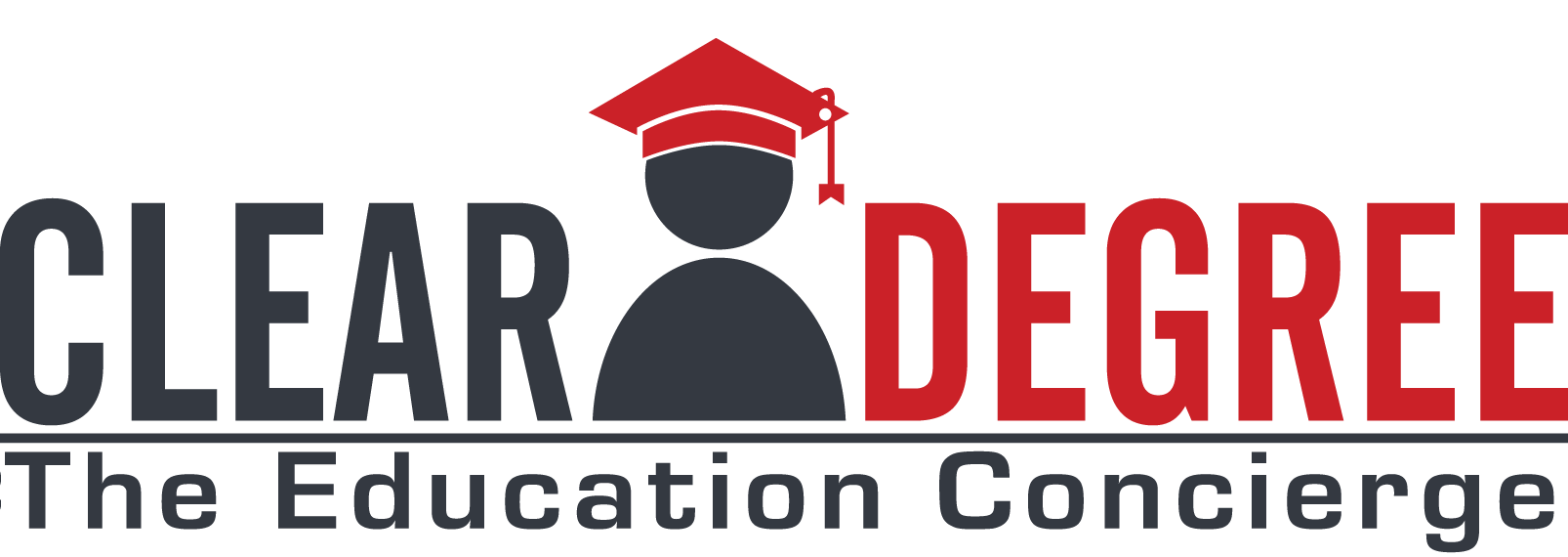What’s the Difference Between Company Scholarships and Education Benefits?

There is no shortage of money for the motivated worker who wants to go back to school. Now more than ever, companies have seen the allure of offering educational benefits to employees that are driven to broaden their career goals. In fact, 87% of millennials label education benefits as very important to job selection and 91% of stability-craving Generation Z say that great employee benefits would have them stay at their jobs for longer. Companies have caught on and many are providing alluring education benefits to their employees.
But there’s some hidden nuance in the term “educational benefits”: what kind of tuition assistance is provided? How is that money administered? What are the conditions for the recipient? A very important distinction needs to be made between company scholarships and educational benefits.
Company scholarships are exactly what they sound like: grant money gifted to a selected individual without condition. These are awarded on a case-by-case basis and often come with criteria for their dispersal: academic achievement, duration of the employee’s connection with a company, or intended field of study. So, while the money has no condition regarding repayment, there are requirements to be granted the money. Scholarships are often granted based on merit by a group of trustees. It’s also important to note that this money is given up-front and can be put towards educational expenses prior to making any out-of-pocket expenditures.
Educational benefits is a broader term that most often covers employer sponsored tuition reimbursement programs. As the name implies, tuition reimbursement is money that employees have to pay out-of-pocket that employers will pay back after confirmation that program requirements have been met. These requirements can vary, but usually include maintaining a minimum GPA, doing coursework that is relevant to the program goals, and keeping employee work commitments.
A major distinction between both forms of financial assistance is how often they occur and at what level. Scholarships can be one-time, once a year, or on a semester-by-semester basis. They can range from a nominal award that might help cover a few books to the entire cost of tuition. Generally, if the scholarship’s dollar amount is higher, fewer applicants will receive the award and the harder it will be to rely on that stream of financing.
Tuition assistance programs can vary as well but will commonly amount to the $5,250 annually that companies are allowed to deduct from their taxes. As compared with scholarships, tuition reimbursement is a more reliable means of financing higher education from an employee point-of-view; as long as program requirements are met, the tuition reimbursement can be expected. Learners are expected to pay the costs up-front and expect to be paid back by their employers.
On balance, there are many ways for employers and employees to work together to help further their goals: employees can reduce their education expenses and advance their career and companies can attract competitive talent and cultivate a loyal, specialized work force. Both forms of financial assistance are viable forms of paying for a degree program and can often work to complement one another to foster an affordable, mutually beneficial investment in talented employees.
Interested in learning about a smarter way HR can approach tuition assistance? Check out our whitepaper, Education Benefits 3.0.
